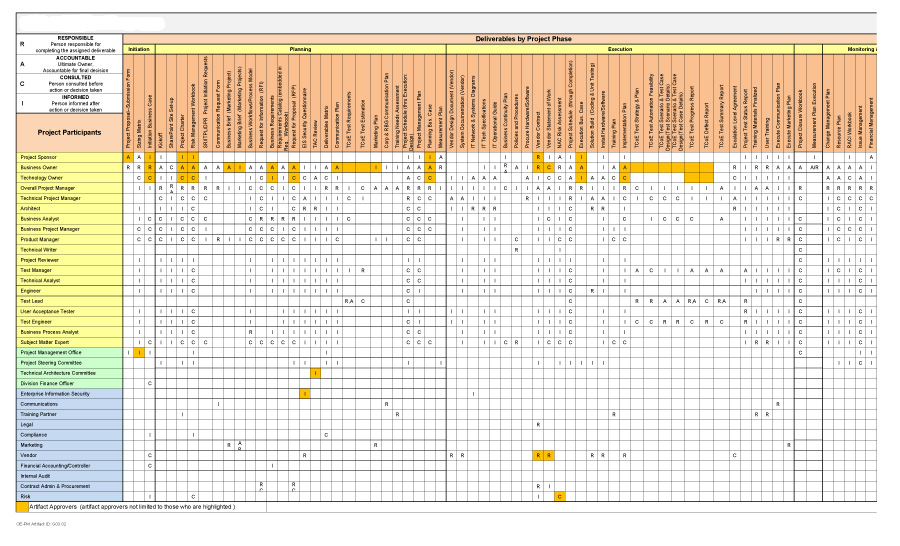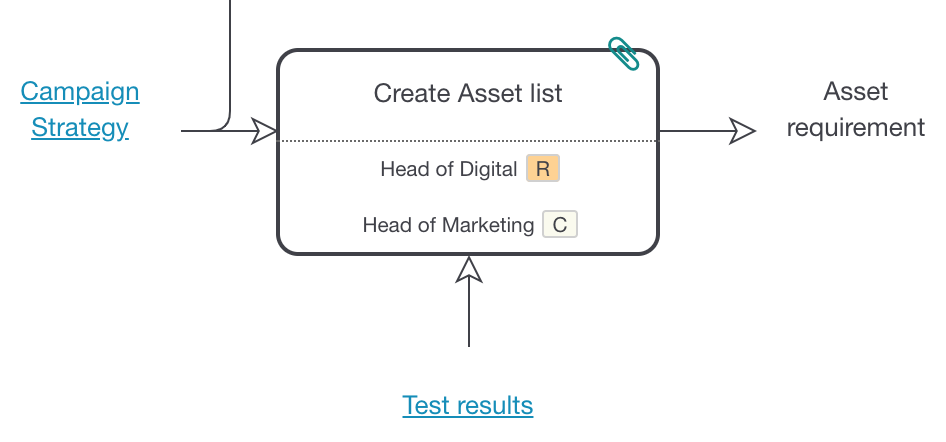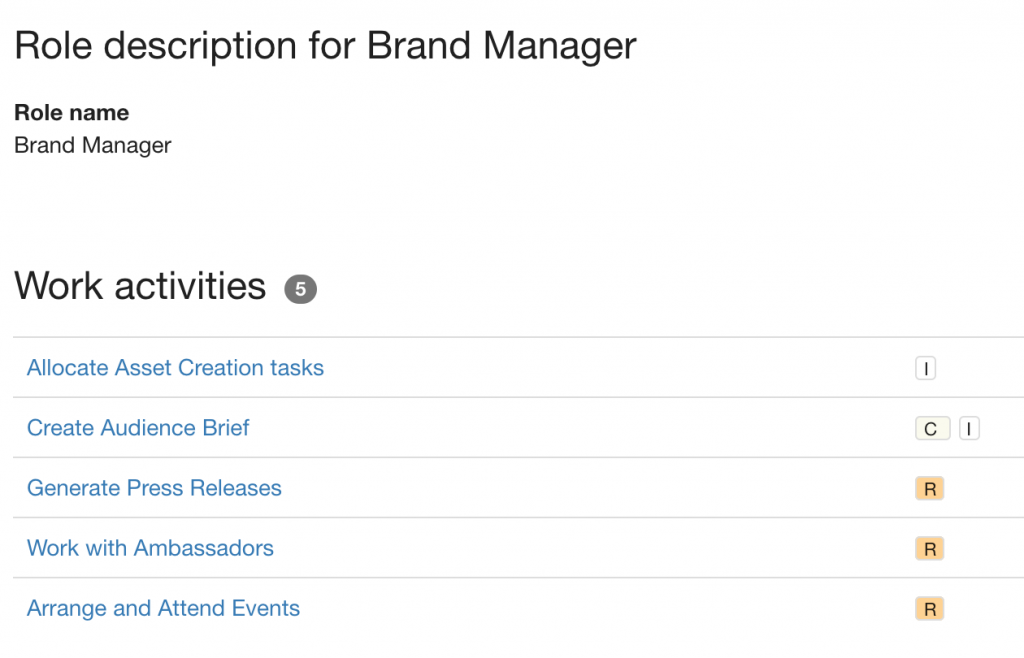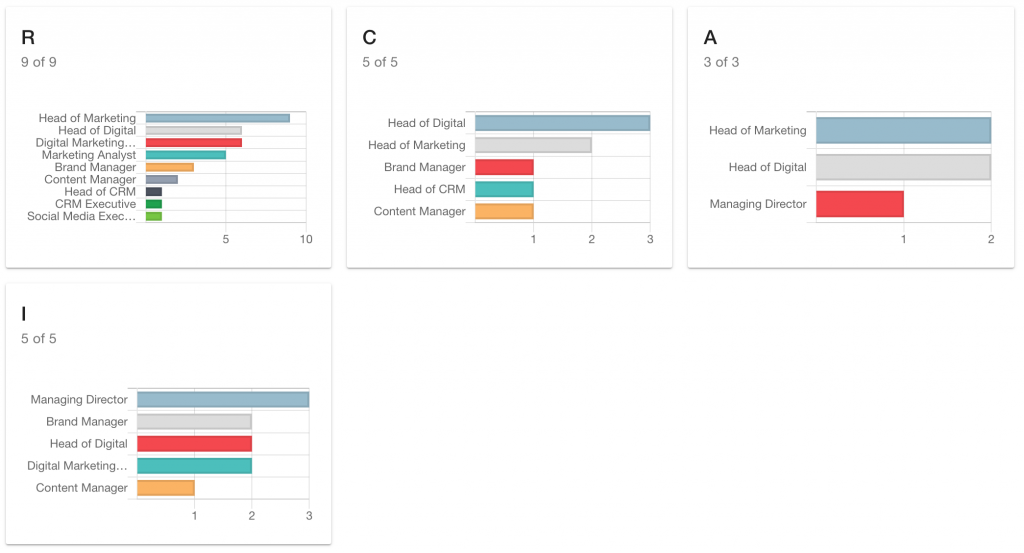In the world of process improvement, many options are available if you’re looking to trade in your pen and paper for software.
We’ve already noted that this switch will be a trend in business process improvement this year.
Lucidchart is a popular choice but there are some alternatives available. In this blog we’ll give some initial guidance into Lucidchart and also explore what other software platforms are available to you with the pros and cons you need to know before making your decision.
Lucidchart: An Overview
Lucidchart is an intelligent diagramming application that focuses on helping users understand the people, processes, and systems that help run their business. Often, it can be connected with spreadsheets or other documents.
Not to be confused with Lucidspark, which can also be found on the application, and is intended for freeform ideation and group brainstorming, taking the form of a whiteboard.
On Lucidchart, you can select from a variety of templates to then map out your processes. They include flowcharts, swim lanes, and BPMN charts. These are useful as you have a starting point from which to base your process map, and it is similar to other tools users may be familiar with as well, making it a user-friendly option.
Additionally, you can invite teammates to your maps by clicking the share button. Other information, such as spreadsheets or links, can also often be added to your maps, as users have noted.
However, Lucidchart does have limitations.
Firstly, you are relying on pre-made templates that you have to move around to fit your needs. Secondly, you cannot select multiple objects within these templates at once. Thirdly, depending on your price point, the number of objects you can insert into your chart may be limited as well. Finally, users also commented that mixing templates and objects may end up actually confusing you as you build your map.
Overall, while Lucidchart seems to be a great tool for brainstorming and dipping your toes into the world of process mapping, it aims to do too many things and thus fails to help focused users build the best process maps they can.
So let’s take a look at some alternatives.
Alternatives to Lucidchart
We’ll be comparing Lucidchart to the much-used Microsoft Visio in the process mapping world and to our own tool here at Skore in nine components we consider key for process mapping.
Diagramming Tools
If you’re first starting out, you might be thinking you simply need a diagramming tool, which both Visio and Lucidchart provide.
Some people have even gone so far as to create organisational diagrams on power points!
However, all of the editing is manual and it is only a starting point for any type of process, as it is not specific at all. This means that during a process mapping workshop, you may lose time creating new conditions and adding shapes to your map.
Skore’s tool focuses on the act of process mapping itself and the simplicity needed to do so in a way that is clear and communicative. Using a simple system limited to two shapes so as not to cause debates when building the map, our product supports multi-layered map models.
And it is meant and designed to map at the speed of words so that it can be used during workshops. The idea is to map simultaneously as ideas and information flow without needing to spend time building a shape and a connector.
Standardised Approach
Without standardisation, it is highly likely your notation meaning will change over time. This will result in confusion and lost knowledge, as you have too many diagramming options to choose from with both Visio and Lucidchart.
Not only do you have to create entire diagrams exactly as you need them, but even while doing so, you will be contributing to confusion later down the line. There will be a severe lack of standardisation when it comes to notation and the meaning of your maps if you rely on simple diagramming tools.
Even with the notation templates available in Lucidchart, since they will not be process specific, you will face challenges.
With Skore’s reliance on Universal Process Notation (UPN) and singular approach, multiple users will always capture and communicate information in a standard and consistent way. This means everyone can read and understand your maps in the way you intended them to be.
Integrated Data Model
On both Visio and Lucidchart the data must be added manually to the diagrams and shapes to capture the additional information a step might need. Often this will make your map difficult to read or result in missing key information.
Skore stores all relevant information within its basic map models and templates, as it knows the type of data that is needed to fully visualize a business process.
Roles, responsibilities, systems, requirements, and other forms of data can be accessed, stored, and integrated within one of our maps. Without causing confusion to the overall sequence of events, but accessible with a simple click.
Multi Level Processes
An important aspect of process mapping is the multi-level processes or processes that have an action or step that requires a previous process to be completed. How to display this on a process map and still keep it simple has been a struggle in past iterations of process mapping.
On Visio and Lucidchart, multiple process diagrams can be linked together manually via the use of hotspots and linked shapes. However, this clutters maps and makes them difficult to understand without the appropriate knowledge. Often, information will go missing.
With Skore, users are able to access multi-level processes and zoom in and out of the details. It does not clutter the map but creates separate pages users can access to drill down into a different level of the process to have a full picture. An example is our sample customer onboarding template, as clicking on the Perform initial setup box takes you to another page that details the steps required.
No information is missing, and the maps remain clutter-free and easy to understand.
Content Management
It is not possible to manage content directly on Visio, but Lucidchart does automatically create a history of the revisions on a diagram. This allows users to track the changes made to a process map. There is no built-in approval or version control, however.
Skore does provide the possibility of both viewing the revision history of its process maps and sending versions for approval to the prominent shareholders and company leaders, and it does so quickly. It may even be sent and approved within a singular workshop.
Sharing and Collaboration
Visio is part of Microsoft, so sharing and collaborating can get a bit tricky. Diagrams are shared as individual Visio files, or they can be shared online via Sharepoint or Office365. This is not always ideal as you may deal with clients or data that is not Microsoft-friendly.
Lucidchart and Skore both focus on sharing content through browsers, either anonymously or securely to specific users.
This is a more preferable solution for true collaboration as it eases the process and does not require contractors or third parties to be given access to sensitive information or time spent on file conversions instead of worthwhile collaboration.
Reporting and Analysis
With Visio, data can be exported to Excel to then perform further analysis.
Lucidchart is similar, except it takes the file type of a CSV.
Skore specifically provides a dashboard within the application that performs analysis and offers insights directly within it as well. It helps point out spots for improvement based on data, and can also be exported to a CSV or Excel file if needed to share with team members.
User Management and Security
Visio simply does not offer this feature, but Lucidchart permits user and group management from an administrative panel. Charts and diagrams can be shared with a team via different users or with Single Sign On. Team folders can also be created to help manage content, as Lucidchart is focused on creating a collaborative environment.
Skore is similar, with user and group management specs available including Single Sign On. Instead of folders, you can create collections to manage your teams and projects securely, ensuring only the necessary people are involved with each process map.
Look and Feel Customisation
Finally, the documents you create need to reflect your company.
While with Visio you can add logos and images to the documents you create, Lucidchart takes it a step further by creating Master pages that allow them to provide templates for individual customers. This does depend on the subscription price you are paying, of course, but it allows users to personalise the experience.
With Skore, you go another step forwards.
On our tool clients can create templates for their processes as well as stylesheets, and customise the application interface to match their branding.
Everything they create thus retains the knowledge and spirit of their company when it comes to process management so that they can reutilize it and revisit it as they see it whenever they go into their process library for training, workshops, or even to brainstorm with their own clients.
Conclusion
There are other software options out there, such as Triaster, Nintex Promapp, Draw.io, yEd, and more.
At the end of the day, however, the reality is that Skore was built with a specific purpose in mind: business process improvement.
It does not offer diagramming as a whole, which results in a lack of standardisation, nor does it use notation types that will leave out key information.
Skore studied existing options and process mapping needs and was created to keep things simple, clear, fast, and accessible for workshops to find improvement spots.
Ready to begin your journey with us?
Get Started Today




